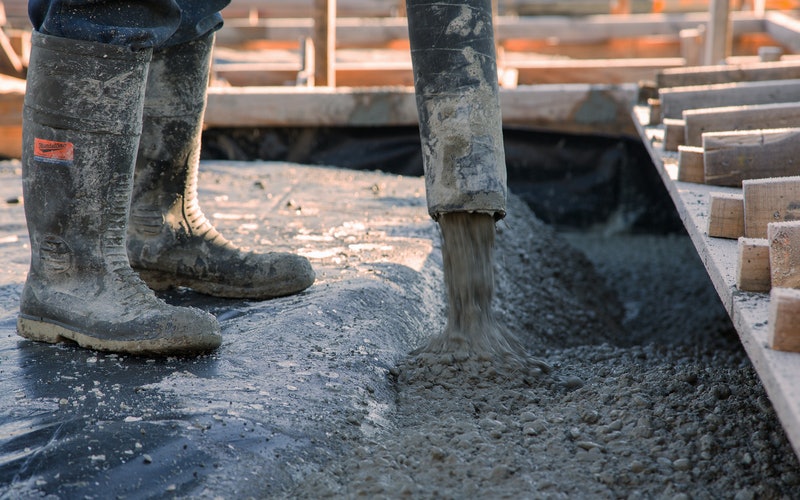Concrete and Steel jacketing, What is the difference?
Concrete Jacketing
Concrete is the second most used building material in the world after water. The concrete Jacketing can withstand compressive stresses very effectively but it cannot withstand tensile stresses. Therefore, concrete is reinforced with steel when the Jacketing is under the influence of tensile stresses. Concrete is widely used in the construction industry today due to its durability and compatibility. Moreover, concrete can be made into any shape which makes it very useful.
Steel Jacketing
Steel is an alloy of iron and a percentage of carbon (a small percentage) and other elements such as silicon, phosphorous, and sulfur in varying proportions. Depending on the chemical composition of the material, the different types of steel are classified as mild steel, medium carbon steel, high carbon steel, low alloy steel, and high alloy steel. Mild steel, medium carbon steel, and low alloy steel (low alloy) are generally used in steel structures.
The steel used in the manufacture of rolled steel structures, fasteners, and other elements used in structural steelwork is called structural steel (structural steel).
Standard quality steel (mild steel) is the steel most commonly used for general construction purposes of buildings, railway bridges, transmission line towers, industrial structures, etc.
Steel Jacketing Features:
Lightness: Steel structures are very light compared to other structures such as concrete structures.
High Strength & Hardness/Weight: Steel is hard and has a high strength-to-weight ratio.
Ease of fabrication and mass production: It is easy to fabricate steel Jacketing so it is generally used in mass construction. The steel members can be easily replaced, assembled, and disassembled.
Quick and easy construction and installation: Steel structures can be installed very easily and faster than many other structures. Steel structures can be used soon after they are installed.
There is no sudden breakdown: steel being a ductile material does not suffer from sudden breakdown, but rather gives a clear indication by deflection before failure or breakdown.
Formwork and formwork not required: Unlike concrete structures, a steel structure does not require any form of formwork or formwork.
Termite Resistant and Rot Resistant: Unlike wood, steel is not corroded by termites and is very resistant to rust, if high-quality rust-protected steel is used.
The economy in transportation and handling: Steel structures are light in weight and are easy to transport and handle.
Disadvantages of steel structure:
Corrosion susceptibility: Steel sectors are subject to corrosion, so they require frequent treatments and maintenance such as painting and other methods to protect them.
High initial cost: the initial cost of the steel structure is high.
Skilled Labor: The steel structure steel requires skilled labor to build it.
Source: wikipedia.org/wiki/Reinforced_concrete
Read More: buildineg.com/public/blog/what-is-a-concrete-jacketing-of-column/

